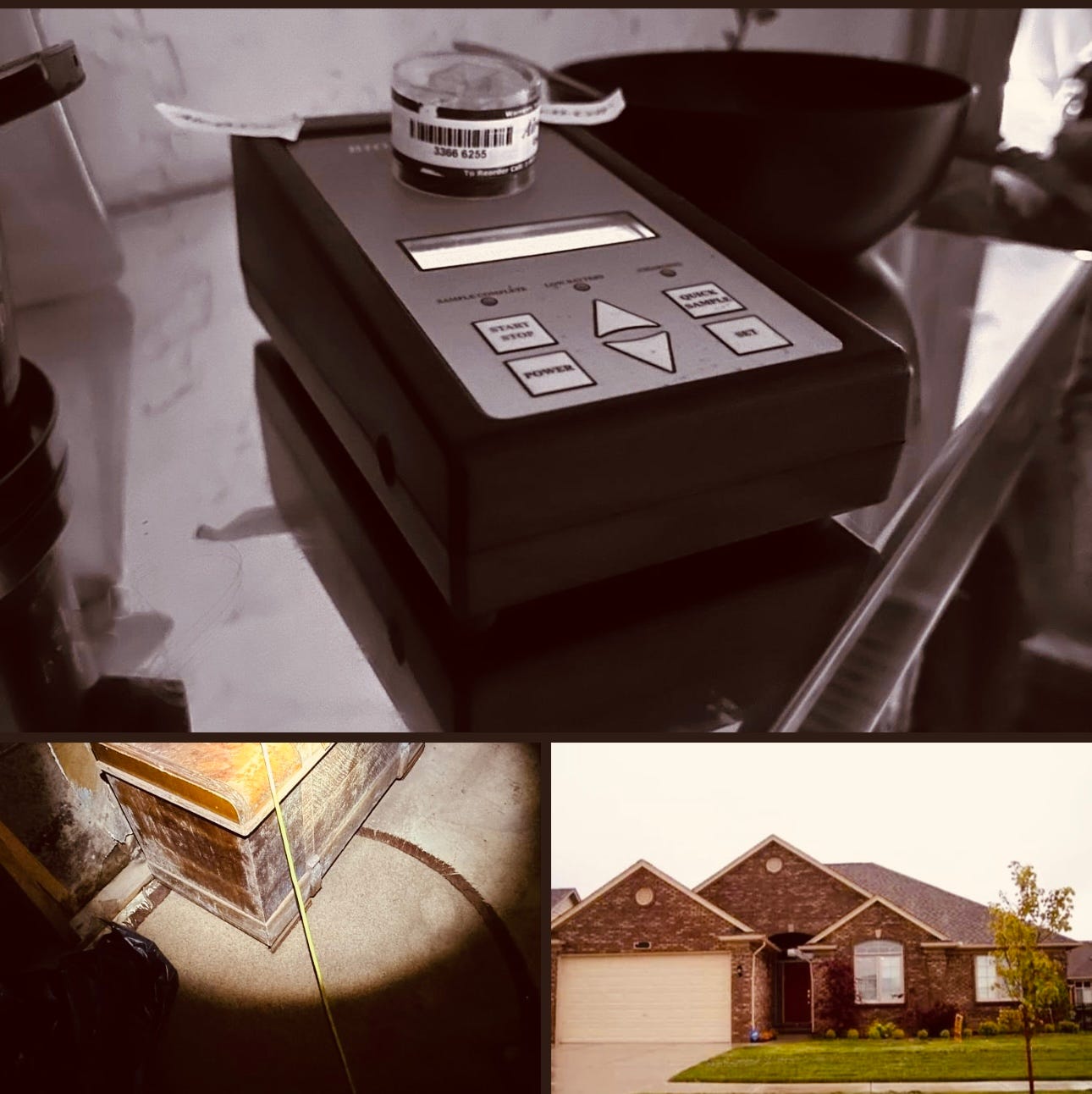Introduction:
A mold infestation is a homeowner's worst nightmare. Not only can it cause significant damage to your property, but it also poses a threat to your health and wellbeing. That's why it's crucial to conduct a mold assessment in your home regularly. In this blog post, we will discuss the importance of a mold assessment and why it should be a top priority for homeowners.
1. Protecting your health:
Mold can have severe health implications, especially for those with respiratory issues or weakened immune systems. Common symptoms of mold exposure include coughing, sneezing, watery eyes, and respiratory problems. By conducting a mold assessment, you can identify any potential mold growth and take the necessary steps to eliminate it, thereby safeguarding your health and that of your family.
2. Preventing property damage:
Mold growth thrives in damp and poorly ventilated areas of your home. It can spread quickly, causing structural damage and compromising the integrity of your property. Conducting a mold assessment regularly allows you to identify the presence of mold and prevent it from spreading further. By taking early action, you can save yourself from potentially costly repairs and ensure the longevity of your home.
3. Maintaining indoor air quality:
Mold not only affects the surfaces it grows on but also the air quality inside your home. Mold releases spores into the air, which can lead to poor indoor air quality and respiratory problems for occupants. A mold assessment can help you determine the level of mold spores present in your home and implement appropriate remediation strategies to improve indoor air quality. This is particularly crucial if you have family members with allergies or asthma.
4. Identifying hidden mold:
Mold can often grow in hidden areas of your home, such as behind walls, under flooring, or in crawl spaces. These hidden infestations are challenging to detect without a comprehensive mold assessment. By conducting a thorough inspection, a professional mold assessor can identify any hidden mold growth and provide recommendations for eradication. This step is vital to ensure that all mold sources are identified and successfully removed, reducing the chances of reoccurrence.
5. Meeting legal and insurance requirements:
In some cases, a mold assessment may be required by law, especially during real estate transactions or if you plan to file an insurance claim related to mold damage. Conducting a mold assessment ensures compliance with legal regulations and insurance policies. It provides documented evidence of the presence or absence of mold, protecting homeowners from potential disputes or denials.
Conclusion:
A mold assessment is a crucial step for every homeowner, especially prior to the winter season when homes are closed up to keep out the cold. By assessing for mold, you can protect your health, prevent property damage, and maintain good indoor air quality. It also allows you to identify hidden mold growth and fulfill any legal or insurance requirements. Don't overlook the importance of a mold assessment and take proactive measures to keep your home mold-free. Remember, prevention is always better than a cure when it comes to mold! Stay diligent and ensure a healthy and safe living environment for you and your family.



